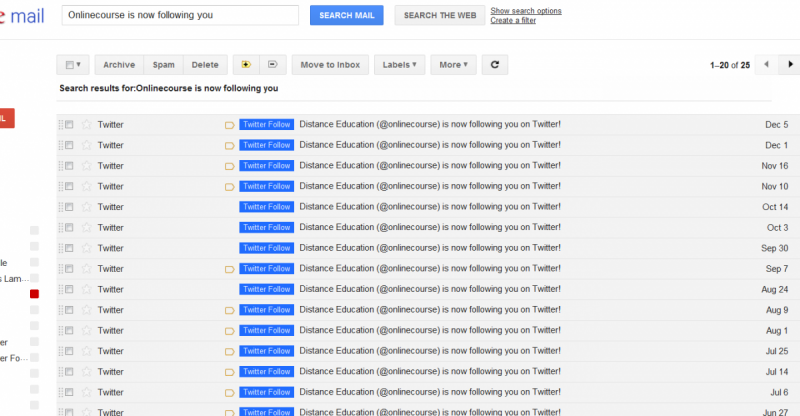In an excellent post Michael Doyle says the following:
Electronic calculators are abstract, abacuses are not.
Slide rules fall in-between.
Our sense of quantities has become abstract.
Here is my comment back:
It’s not so much that numbers are abstract to students, but our representations of those numbers (the numerals that make up 122) are abstract.
Base 10 is a much more complicated concept than we give credit to in our teaching of it.
How many people are fooled by the numbers thrown out on the news (example: 12 millions dollars over-budget, on a budget of 1.3 trillion)?
The scale on a slide rule is a logarithmic one, and so it breaks the intuitive linear sense of numbers that we are born with. Hence, I don’t think it’s necessarily the case that the scale helps us understand the operations any better. A slide rule is a calculator, it just uses slides instead of buttons, and the operations are just as mystifying to most people.
Similarly the operations on a calculator (or the standard algorithms we teach kids to use on pencil and paper) are just as mystifying. Regardless of which algorithm one uses, one should have an understanding first of what the expected outcome of the algorithm should be, which unfortunately, we spend almost no time teaching in our mathematics curriculums.
It has become more important to do operations quickly and accurately to demonstrate "computational fluency" and error checking, a MUCH more important skill, has fallen by the wayside. Being able to estimate or predict the outcome of an algorithm is not only a far more useful life-skill than accurately calculating it (when one wants accuracy, one should use the correct tool) and further, it requires actual understanding of the process.
I think Michael is right that our sense of quantities is abstract, but I think that this has always been true for most people, regardless of the form of technology we’ve used to do our calculations. It is not so much the calculator that is the problem, but the embedded abstraction in numerals themselves. Unfortunately, we spend much more time teaching kids how to do operations on numbers, and I don’t think we spend enough time teaching about what the numbers themselves mean (or at least on reminding students what they learned in previous years on numbers). For example, in the BC curriculum, the discussion on the relative size of numbers seems to stop in grade 6.
It is too easy to blame kids lack of fluency as adults with numbers on the technology used to do calculations with those numbers. Instead we should ask ourselves, where have we taught them fluency with numbers? How have we helped them learn about the abstraction numbers represent?

